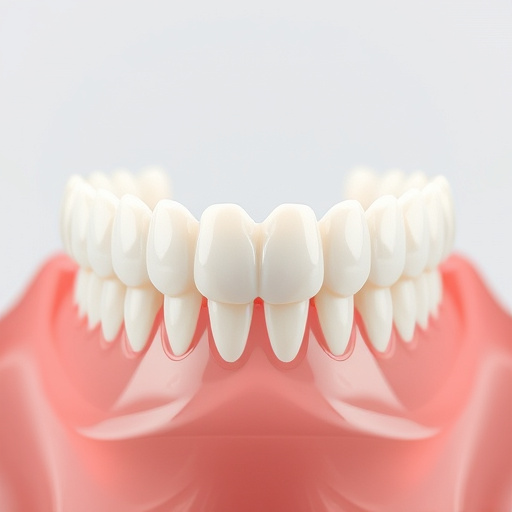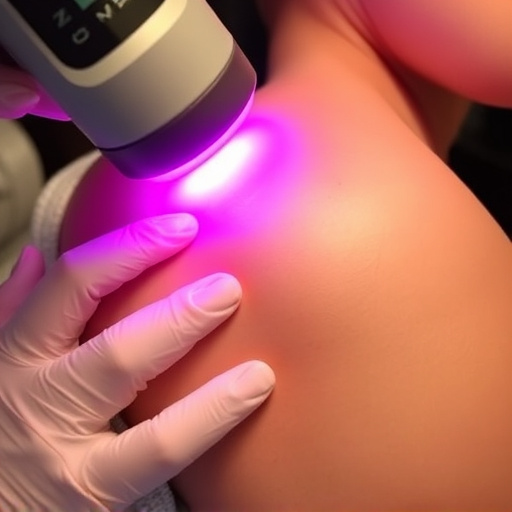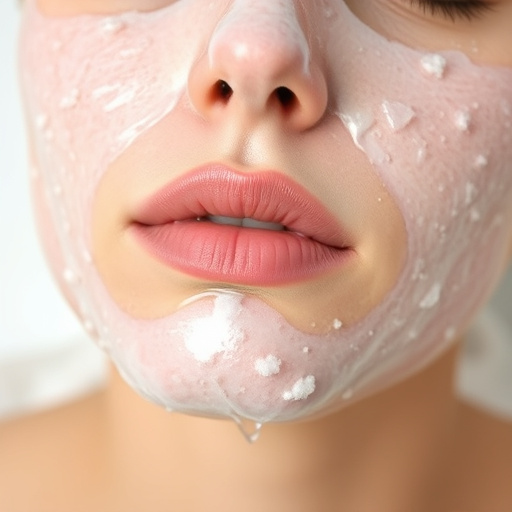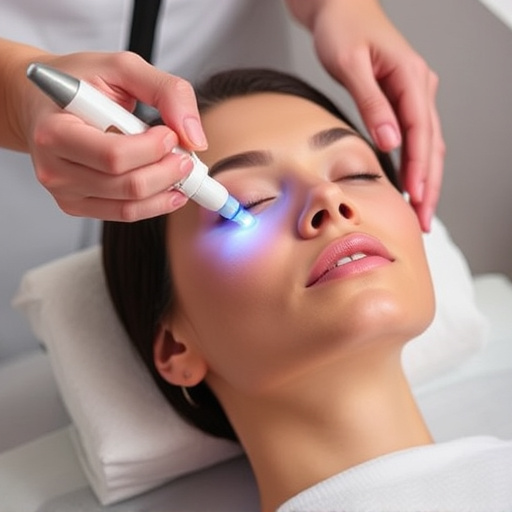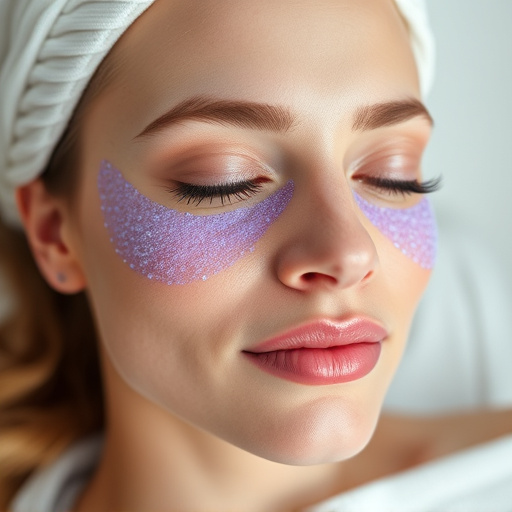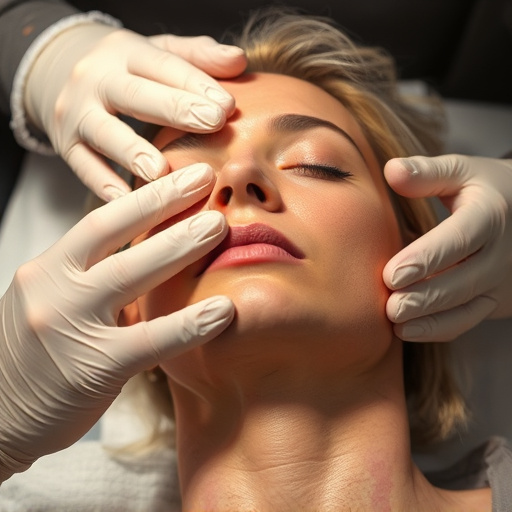Uneven skin tone, caused by sun exposure, medical conditions, and genetics, can be effectively managed with dermatologist-recommended treatments like chemical peels, microdermabrasion, laser therapy, hydroquinone, and vitamin C serums. These methods address hyperpigmentation, promote cell turnover, and stimulate collagen production for a more even complexion. Professional treatments like laser therapy and microdermabrasion, highly recommended by dermatologists, target pigmented spots and surface imperfections for enhanced skin tone and texture.
Uneven skin tone can be a common concern, but with the right approach, achieving a more even complexion is achievable. This article delves into effective treatments backed by dermatologists to address this issue. From understanding the underlying causes and considerations to exploring powerful topical solutions like chemical exfoliants and vitamin C serums, we provide a comprehensive guide. Additionally, we discuss professional procedures such as laser therapy and microdermabrasion, offering a detailed look at dermatologist-recommended options for achieving a radiant, uniform skin tone.
- Understanding Uneven Skin Tone: Causes and Considerations
- Topical Treatments: Chemical Exfoliants and Vitamin C Serums
- Professional Procedures: Laser Therapy and Microdermabrasion
Understanding Uneven Skin Tone: Causes and Considerations

Uneven skin tone is a common concern that many individuals face, often characterized by patches of darker or lighter skin that disrupt overall complexion. Understanding its causes is the first step in addressing this issue effectively. Various factors contribute to an uneven skin tone, including sun exposure, which can lead to hyperpigmentation, and certain medical conditions like melasma or post-inflammatory hypopigmentation. Genetic predisposition also plays a significant role, making some people more susceptible to discoloration.
When it comes to dermatologist-recommended treatments, there are several effective options available. Chemical peels, for instance, use chemicals to exfoliate the skin, reducing surface discoloration and promoting cell turnover. Aesthetic treatments like microdermabrasion or laser therapy can also be beneficial in removing dead skin cells and stimulating collagen production, leading to a more even skin tone. Additionally, targeted topical treatments with ingredients like hydroquinone or vitamin C serums can help lighten and brighten the skin over time.
Topical Treatments: Chemical Exfoliants and Vitamin C Serums
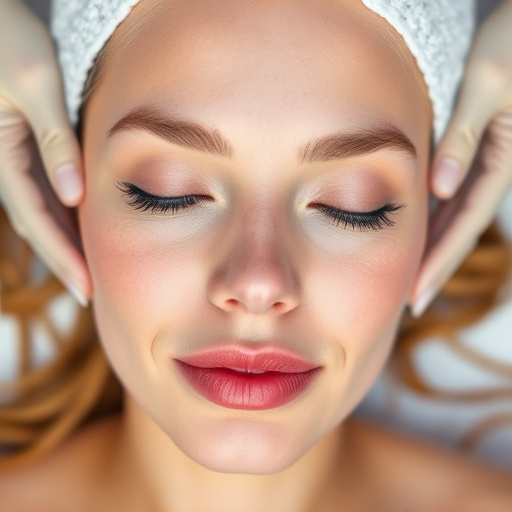
Uneven skin tone can often be addressed through effective topical treatments suggested by dermatologists. One such popular choice is chemical exfoliants, which gently slough off dead skin cells to reveal smoother and brighter skin beneath. These treatments are particularly effective for reducing the appearance of hyperpigmentation and sun damage. By regularly incorporating a dermatologist-recommended exfoliant into your skincare routine, you can achieve a more even complexion over time.
Vitamin C serums are another powerful ally in the quest for an even skin tone. As a highly potent antioxidant, Vitamin C helps to protect the skin from environmental stressors and promotes collagen production. This dual action not only brightens dark spots but also improves overall skin texture. When combined with customized facials tailored to address specific concerns, these topical treatments can be part of a comprehensive strategy for achieving a radiant, uniform complexion—a far cry from the days when dealing with acne treatments or even body contouring issues.
Professional Procedures: Laser Therapy and Microdermabrasion
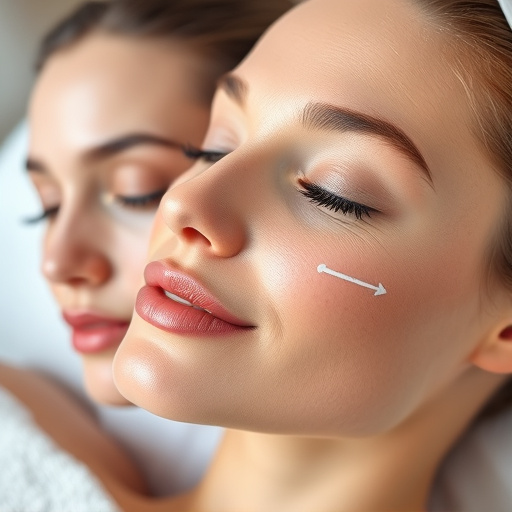
Professional Procedures like Laser Therapy and Microdermabrasion are among the dermatologist-recommended treatments for achieving an even skin tone. Laser therapy uses precise light energy to target specific skin issues, such as pigmented spots and uneven texture, stimulating collagen production for improved skin health and a more uniform appearance.
Microdermabrasion, on the other hand, is a gentle exfoliation process that removes the outer layer of damaged skin cells. This procedure helps reveal smoother, brighter skin by improving blood circulation and promoting the growth of new, healthy skin cells, making it an effective solution for acne scars and other surface imperfections, enhancing overall skin tone and texture.
Uneven skin tone can be a concern for many, but with a variety of effective treatments available, achieving a more uniform complexion is achievable. From topical solutions like chemical exfoliants and Vitamin C serums, to professional procedures such as laser therapy and microdermabrasion, there are options catering to different needs and preferences. When choosing a treatment, it’s essential to consult a dermatologist for personalized advice on the best course of action. Their expertise ensures you’ll find a reliable, dermatologist-recommended solution that addresses your specific skin concerns.




